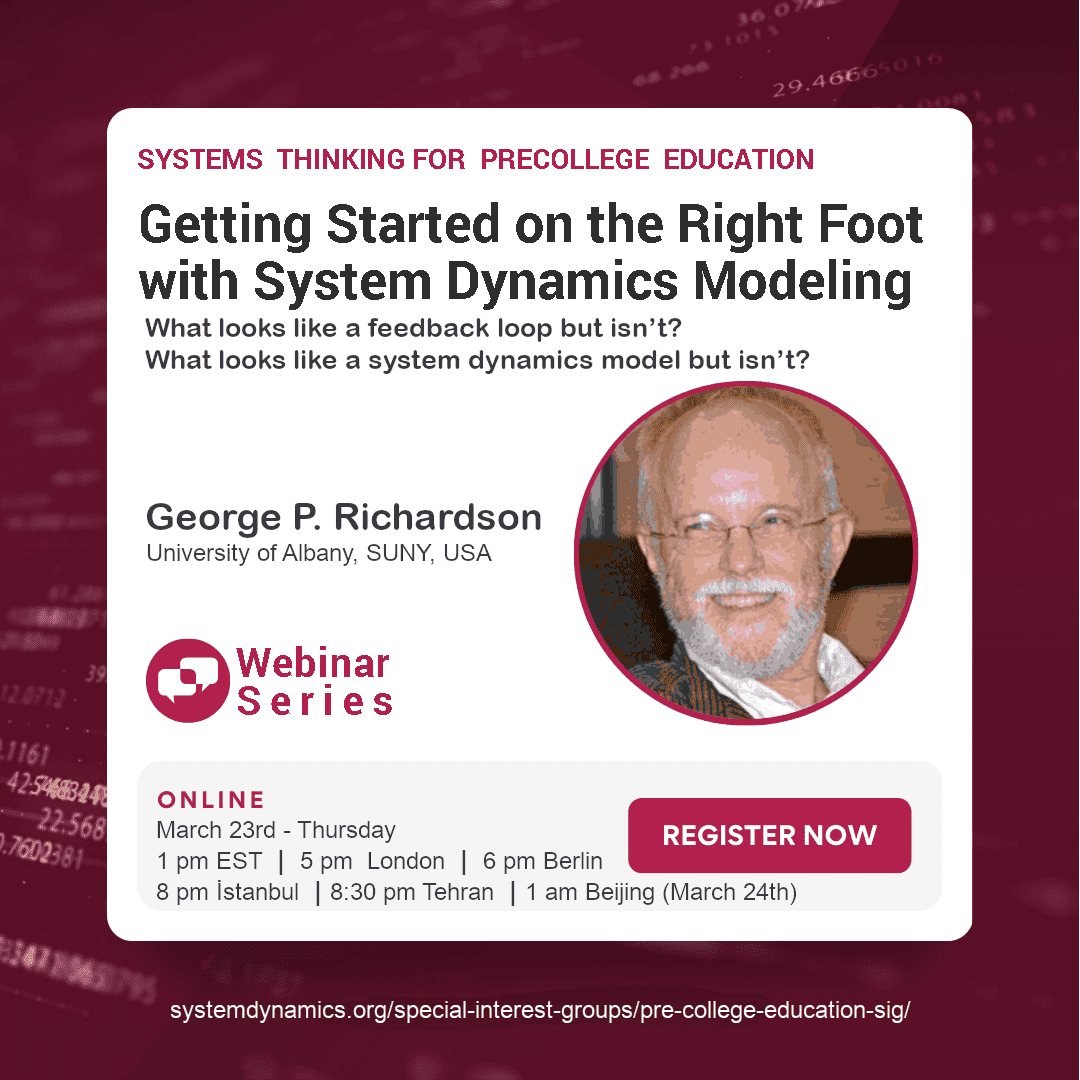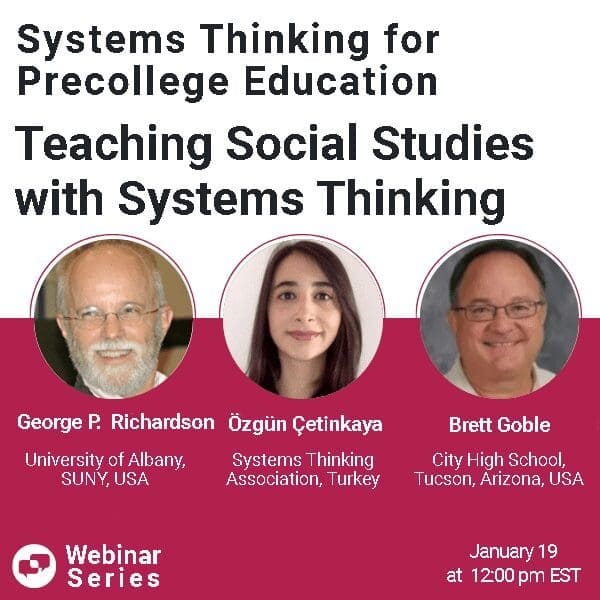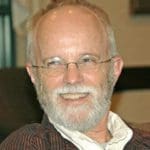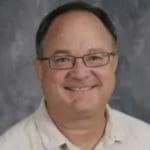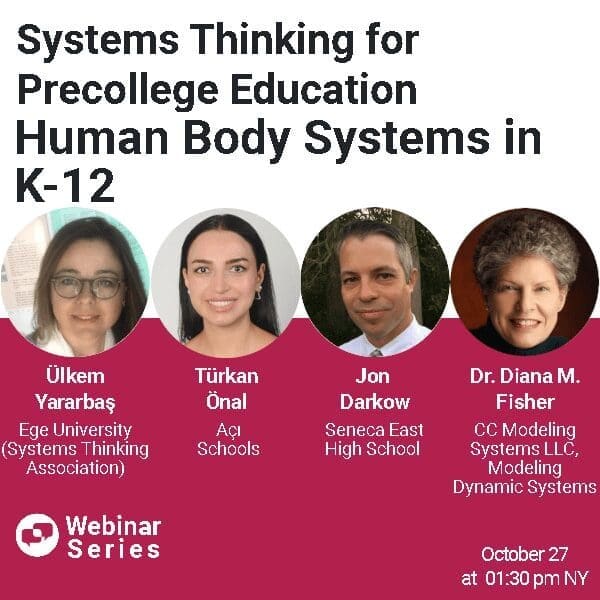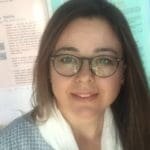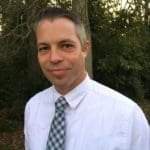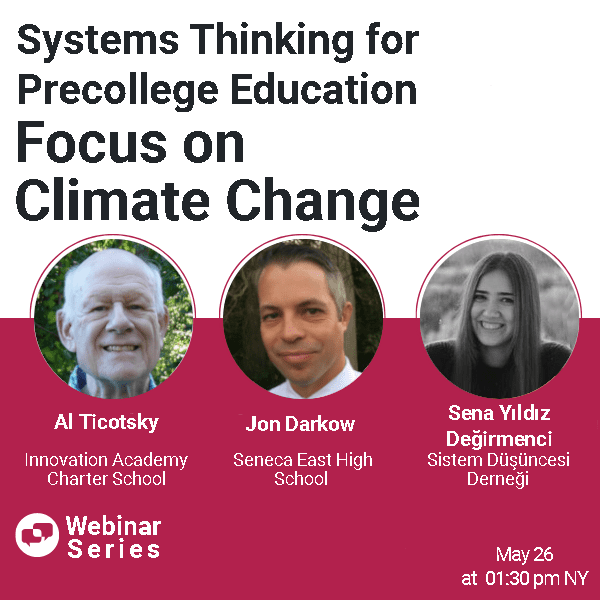Getting Started on the Right Foot with System Dynamics Modeling
Getting Started on the Right Foot with System Dynamics Modeling
What looks like a feedback loop but isn’t?
What looks like a system dynamics model but isn’t?
We all probably know that systems thinking word-and-arrow maps contain feedback loops and system dynamics models contain stocks and flows as well as feedback loops. But it’s not that simple.
- It may be shocking to realize that some word-and-arrow maps aren’t “systems thinking”! Some loops aren’t “feedback loops”. Some aren’t CLDs, even though they contain loops. They may be good thinking, but they may not be “system dynamics thinking”. How can that be?
- Some pictures we draw in STELLA or Vensim may look something like a system dynamics model but they may be misrepresentations. Some may be unintentional imposters. It’s a fact that something can be diagrammed in STELLA or Vensim but not be a “system dynamics model”! How is that possible?
This workshop is designed to be sure we are all aware of what makes a diagram reflect “systems thinking” and what makes a model a “system dynamics model”.
By the end of this workshop, we will all be better systems thinkers and “mappers”. We won’t all be able to be “modelers” (yet), but we will know what a picture has to look like to have a chance to be a good system dynamics model. We will all be stronger members of the system dynamics community.
Presenter: George P. Richardson
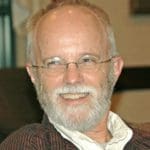 George P. Richardson is Professor Emeritus of public administration, public policy, and information science at the Rockefeller College of Public Affairs and Policy at the State University of New York at Albany. He earned his doctorate under Jay Forrester at MIT and is the author of Introduction to System Dynamics Modeling with DYNAMO (1981) and Feedback Thought in Social Science and Systems Theory (1991), both of which were honored with the System Dynamics Society’s Forrester Award.
George P. Richardson is Professor Emeritus of public administration, public policy, and information science at the Rockefeller College of Public Affairs and Policy at the State University of New York at Albany. He earned his doctorate under Jay Forrester at MIT and is the author of Introduction to System Dynamics Modeling with DYNAMO (1981) and Feedback Thought in Social Science and Systems Theory (1991), both of which were honored with the System Dynamics Society’s Forrester Award.
George has played and sung acoustic folk music for sixty years. He has ridden a motorcycle cross-country from NY State to Seattle, the Olympic Peninsula, and down to Portland. He’s also ridden round-trip the fabled Dalton “Highway” from Calgary to Deadhorse, AK, and Prudhoe Bay, 300 miles north of the Arctic Circle. Both trips took less than sixty years.
Teaching Social Studies with Systems Thinking
Pre-College SIG Seminar Series consists of periodic online meetings on K-12 education to the Systems Thinking and System Dynamics communities. These virtual activities cover a wide range of topics on K-12 education from many subjects while bringing together academics, teachers, and students together for learning and lively discussion. Our seminars aim to promote and improve skills to effectively apply systems thinking and dynamic computer simulation to K-12 education. All seminars and recordings are free for both members and the general public.
Revolutions
A number of years ago I was invited to work with school teachers incorporating systems mapping and modeling in their classes. The elementary school people wanted a model or map of “revolutions”. They were frustrated. Apparently, that was a unit in their curricula at the time, and no one would help them build one. So we spent the first day with both elementary school and high school teachers evolving together a pretty good map of stocks and flows and feedback loops in a generic view of revolutions. The second day, the high school teachers wanted us to build a simulating model of what we had done the first day. So we did, together. This presentation will retrace the work in both days. I’ll try to show how we did it, as well as what we produced.
George P. Richardson
George P. Richardson is Professor Emeritus of public administration, public policy, and information science at the Rockefeller College of Public Affairs and Policy at the State University of New York at Albany. He earned his doctorate under Jay Forrester at MIT and is the author of Introduction to System Dynamics Modeling with DYNAMO (1981) and Feedback Thought in Social Science and Systems Theory (1991), both of which were honored with the System Dynamics Society’s Forrester Award.
George has played and sung acoustic folk music for sixty years. He has ridden a motorcycle cross-country from NY State to Seattle, the Olympic Peninsula, and down to Portland. He’s also ridden round-trip the fabled Dalton “Highway” from Calgary to Deadhorse, AK, and Prudhoe Bay, 300 miles north of the Arctic Circle. Both trips took less than sixty years.
Improving Context and Content in History Classes
History is the science of behavior over time. It is, by definition, an indigenous subject of system dynamics, thus systems thinking. In this presentation, we will give primary and middle school examples of using systems thinking tools in Turkey’s War of Independence. The lessons are based on outcomes from the curriculum of the Ministry of National Education in Turkey. Systems thinking tools are embedded in the lessons to put events in the context of a time frame starting from 1300 CE with Behaviour Over Time Graphs and to deeply analyze and discuss the events using Stock-Flow Maps (conceptual Stock-Flow Diagrams).
Özgün Kurt Çetinkaya
Özgün Kurt Çetinkaya earned her Master’s Degree from Dokuz Eylul University in Izmir,Turkey on Primary School Teaching. She worked as a PYP Class Teacher for 6 years in Işıkkent Primary School. She is preparing to start a PhD program and her research interest is Systems Thinking Approach in primary years.
Visualizing History and Economics
Using Systems Thinking tools with my students allows me to visualize how my students are thinking about and processing complex issues related to history and economics. ST tools also facilitate small group conversations among students who are collaborating on solutions to social problems related to their lives. I will be presenting some of my favorite Systems Thinking related tools and lessons I have used in the classroom with students, including Behaviour Over Time Graphs, Causal Loop Diagrams, the Iceberg model, and a systems thinking mapping activity.
Brett Goble
Brett Goble Is the District Leader for Academic Assurance for CITY Center for Collaborative Learning, a non-profit organization in Tucson Arizona that operates three, small, public charter schools, including City High School, which opened in 2004 Mr. Goble is a co-founder of City High School, a school where each student is well known, honored for their unique talents and learning styles, offered challenging academics, and given opportunities to engage in authentic education through community connections. Mr. Goble served as City High School’s principal from 2015 to 2020. Prior to that, Mr. Goble taught English, history, government and economics at City High School. In 2011, Mr. Goble achieved a National Board Certification in the area of Social Studies/History for Adolescence and Young Adulthood.
Human Body Systems in K-12
How Sweet Is Sugar?Obesity, although being preventable, is currently a global epidemic. According to the World Health Organization’s data worldwide obesity has nearly tripled since 1975. Since obesity and sugar consumption are closely linked, we aimed to design an activity plan using SD/ST tools on dietary sugar consumption in 2015. Since then the activity is updated every year and became a two- week program including more than ten activities. In this presentation we want to introduce the main parts of this activity plan. |
||
Human Body SystemsSince life needs energy, all living things contain various mechanisms that transfer energy to their cells to survive. We used system thinking in the 6th Grade Science Curriculum to teach how the human body systems work, including digestive, circulatory, respiratory, urination and defecation. Conceptual and numerical models were used in the lesson plans and learning materials by using SD/ST tools. Lesson plans were implemented in Darussafaka Middle School during the 2021-22 Academic Year. It will be updated and used in the new academic year. In this presentation, we would like to share the design of the lessons and learning materials related to six human body systems. |
||
HPV and Adaptive ImmunityThe human papillomavirus (HPV) is one of the most commonly transmitted sexually transmitted diseases which can lead to high rates of cervical and other cancers in infected individuals. The Gardasil vaccine prevents HPV infections. Students use the HPV and Adaptive Immunity simulation I created to understand how the adaptive immune system works to produce antibodies and the importance of vaccines in preventing and transmitting infectious diseases. Students compare the accumulation of antibodies in the blood after an HPV infection to understand the immune response. Additionally, students identify the positive and negative feedback loops in the model. The goal of the model is to help students understand the importance of being vaccinated to prevent the spread of HPV and the cancers it can generate.
|
||
Glucose-Insulin HomeostasisA lesson about glucose and insulin homeostasis was used with three high school Anatomy and Physiology classes. The lesson incorporated systems thinking and system dynamics (SD) tools. The presentation will highlight the sequence of the lesson and show several versions of the SD model. This classroom lesson was facilitated by Diana Fisher and Ed Gallaher. It was one lesson of four dealing with homeostasis that was used with the A&P students. The other three lessons involved body temperature regulation, calcium homeostasis, and the homeostatic response due to decrease in oxygen in red blood cells. |
Focus on Climate Change
Pre-College SIG Seminar Series consists of periodic online meetings on K-12 education to the Systems Thinking and System Dynamics communities. These virtual activities cover a wide range of topics on K-12 education from many subjects while bringing together academics, teachers, and students together for learning and lively discussion. Our seminars aim to promote and improve skills to effectively apply systems thinking and dynamic computer simulation to K-12 education. All seminars and recordings are free for both members and the general public.

